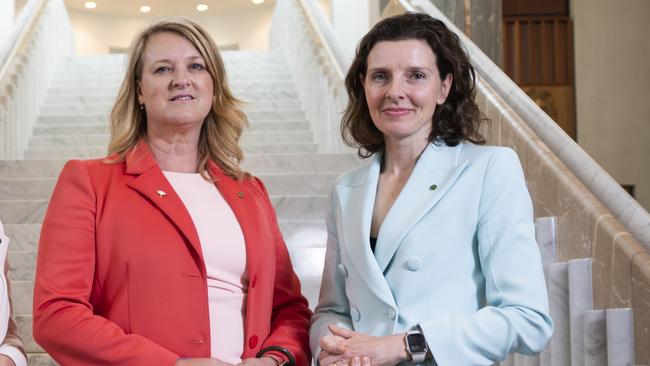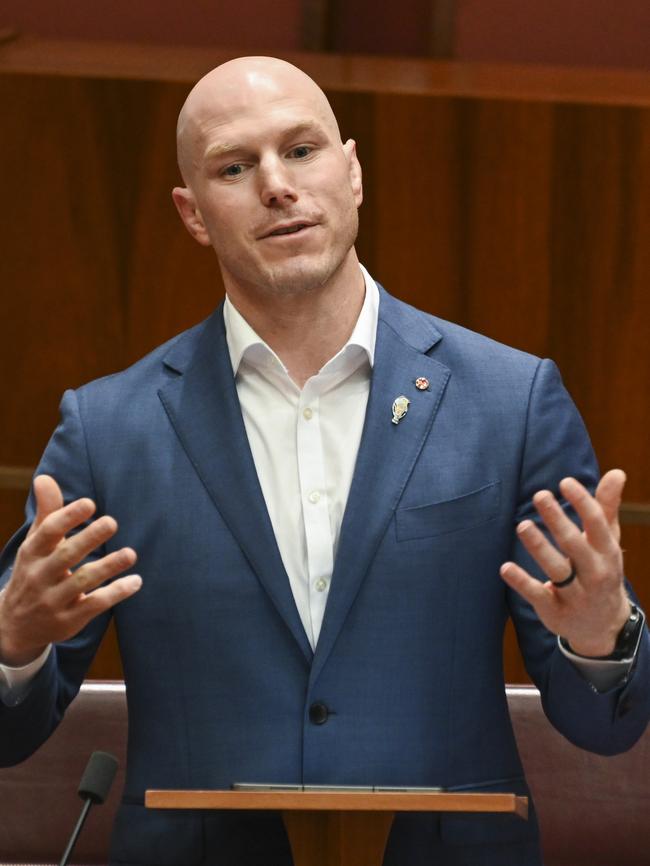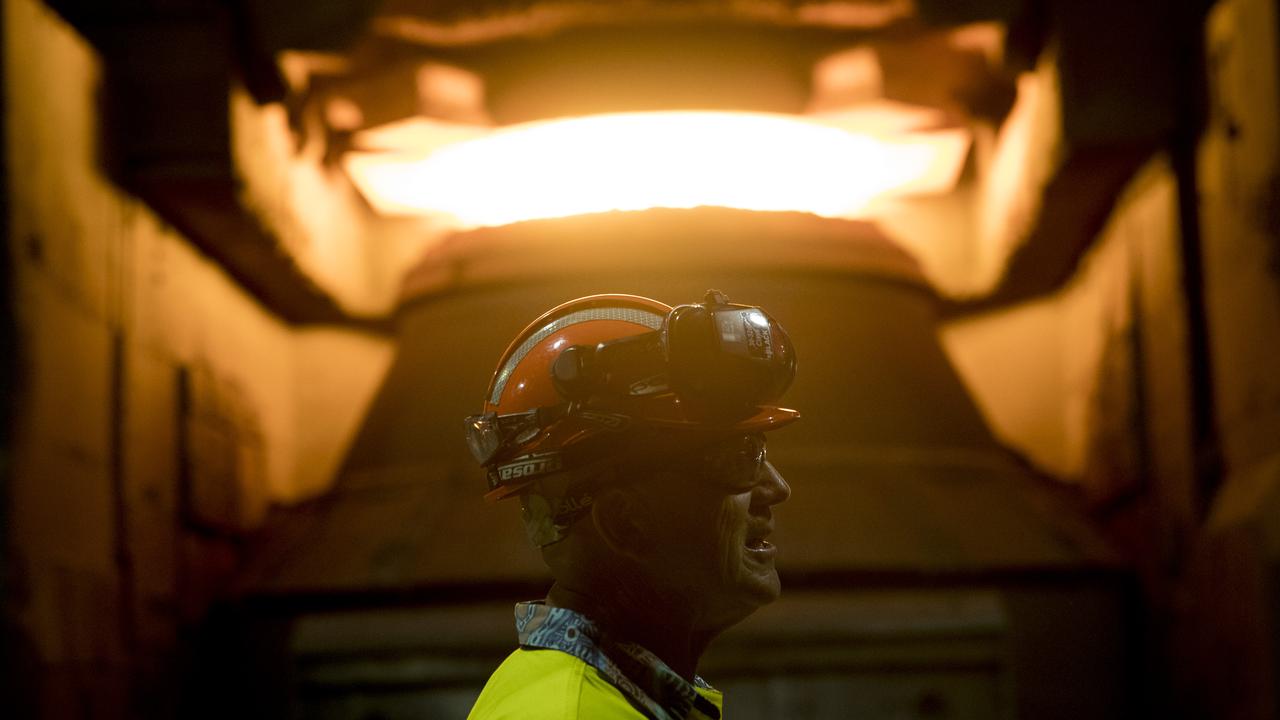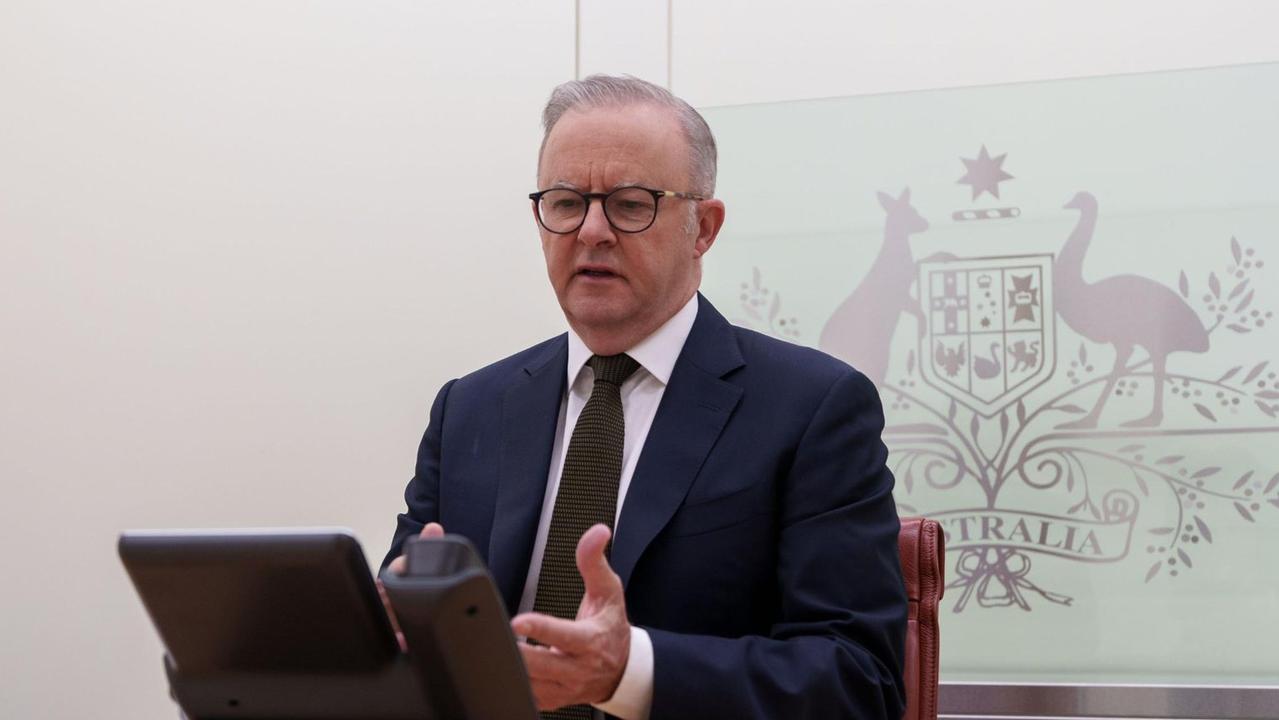Caroline Di Russo: What have the teals ever done for us?
Recent weeks in parliament have proven the teals are not so much a group of highly competent professional small-l liberals, but more well-branded rampant progressives gagging for another feel-good issue they can moralise about, writes Caroline Di Russo.
Opinion
Don't miss out on the headlines from Opinion. Followed categories will be added to My News.
We have rounded out the 2022 political year with a mad dash to Canberra so the Labor government can slap a whopping great Band-Aid over the national electricity grid.
This high-sheen low-substance political pilgrimage has given us another look at just where the teals sit on cold, hard economic policy.
They are not so much the group of highly competent professional small-l liberals we keep being told about as they are well-branded rampant progressives gagging for another feel-good issue they can moralise about.
At the federal election, the teals ran a strategic and focused campaign headlined by action on climate change and a federal ICAC.
In fact, it was so strategic and focused that they gave us little detail on their actual platform and avoided talking about pretty much everything else.
The irony and the political reality of the teals not holding the balance of power in the House of Representatives is that Labor has been able to legislate both a Net-Zero target and a federal ICAC without any reference to the teals whatsoever.
They remained political wallflowers while Labor developed the policy, messaged it, passed it and took credit for it.

The first real test for the teals outside of their tissue-paper padded safe-space was with the Secure Jobs, Better Pay Bill.
On the first trot through the House of Representatives, Monique Ryan voted for it despite admitting that she didn’t understand it.
On the second vote, Allegra Spender and Kylea Tink were the only two with the good sense to vote against it, given the proposed regime had everything to do with more union power and absolutely nothing to do with either job security or better pay.
On Thursday, parliament considered Labor’s proposed legislation capping gas and coal prices. The support of David Pocock and the Greens in the Senate was secured in advance and so the legislation was always going to pass.
Despite the fanfare, legislated price caps are unlikely to result in lower energy costs because some rules in economics are much like the law of gravity: they are what they are and they’re unmoved by your political narrative or the promises you imprudently made before the last election.
At best, the price of electricity may rise by less than it otherwise would in the short term. The reality is that this legislation nationalises everything except risk and that will have longer term adverse impacts on supply and prices.

In the House of Representatives, each of the teals voted for the bill, confirming for the rest of us their struggle with economic literacy.
The vote on this bill gives us yet another insight into what we can continue to expect from the teals and how they’ll position themselves at the next election.
The 2022 Australian Federal Election Study gives us an appreciation of the political landscape which gave rise to the teals.
It refers to changing voter trends, including less ‘rusted on’ voters and greater voter volatility, and how that is adversely affecting the primary vote for both major parties.
This broad change in voter behaviour fundamentally alters the existing political paradigm and makes room for well-funded and strategic third-party campaigns.
In relation to the teals, the study found that based on voters recalled vote in the 2019 election, most teal supporters were tactical voters intent on unseating the incumbent Coalition government, with 31 per cent supporting Labor in 2019, 24 per cent supporting the Greens and just 18 per cent being the much discussed ‘disaffected Liberal voter’.
The study doesn’t tease out the precise motivations of the disaffected Liberal voters, but you’d expect they would relate to the unpopularity of Scott Morrison and the perceived failure of the Coalition to pursue action on climate change.
The study also observed that teal voters tend to consider themselves to be ideologically of the left which makes perfect sense given they’re largely made up of former Labor and Greens voters.
Again, this shows the teals are not so much about ‘doing politics differently’ with all the fluffy cutesy connotations that go along with that rather insipid catchphrase, but rather they are an anti-Coalition party providing a support beam to Labor and the Greens.
Given their poor showing in the Victorian state election, the teals may experience mixed results depending on the political stripe of the incumbent government, the issues important to voters and how they frame their campaigns.
However, with demographics continuing to change, the Liberal Party can’t simply rely on buyers’ remorse to cause a swing back at the next election.
Independents can become tricky to unseat because they do well at making constituents feel heard even though they have zero political capital.
That said, next time around the teals will have a voting record to defend and actions (or lack thereof) against which they will be held to account.
Highlighting this, as well as articulating a cogent plan for the future, will have to be the focus of the Coalition to ensure they can attract younger and female voters and not lose those disaffected Liberals a second time.
The Coalition needs to make it clear that a teal is, in fact, a lemon.





